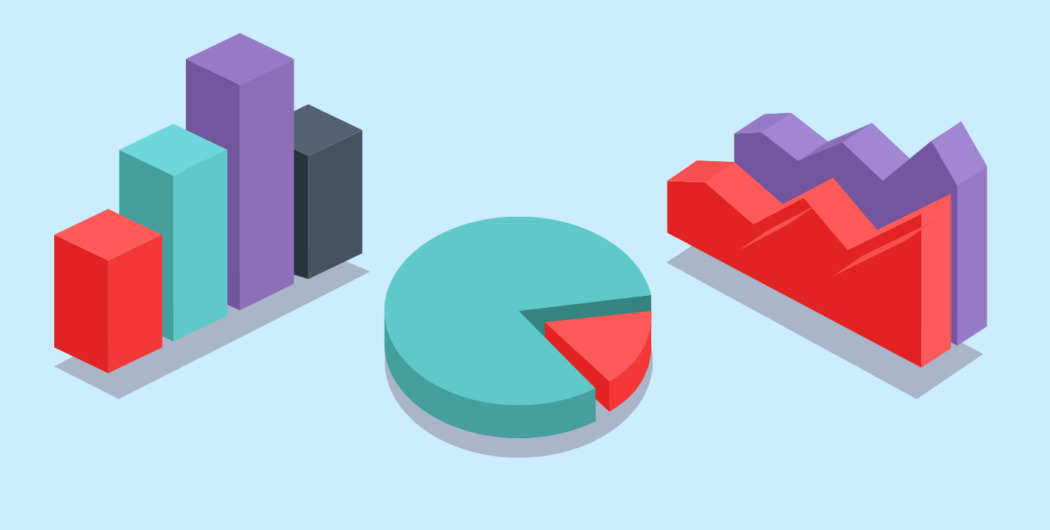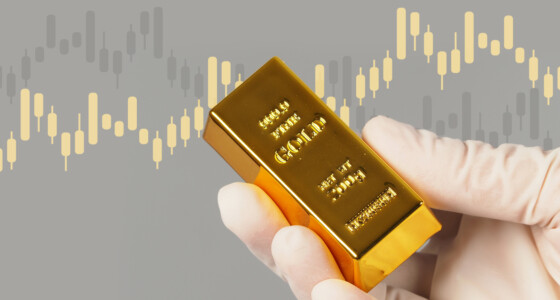

As of June 30, 2021, there were 2,567 ETFs on the market, with almost $6.58 trillion in assets under management.
After their massive launch in the early 2000s, exchange-traded funds (ETFs) saw remarkable growth, and their quantity and popularity continue to rise. The birth of the investment vehicle has benefited investors because it has opened up new low-cost alternatives for almost every asset class in the market.
Portfolio diversification is allocating the portfolio’s investments across many asset classes so that a sharp decline in any one asset class does not have a significant influence on the portfolio’s returns.
In investment, diversification is the only free lunch. Here’s how to use ETFs to implement that maxim properly.
What is ETF and how to invest
ETFs are similar to mutual funds in that they are baskets of individual assets, but there are two key differences. First, unlike mutual funds, ETFs can be exchanged freely like stocks, whereas fund manager trades must wait until the market ends. Second, because many ETFs are passive funds vehicles tied to an underlying index or market sector, expense ratios are typically lower than mutual funds.
ETFs are a low-cost alternative to invest in a wide range of stocks, bonds, and other assets. They provide you with diversification and skilled money management.
You can achieve the best return for the amount of risk you’re willing to take by diversifying your portfolio into asset types like stocks, bonds, and real estate. Domestic equities, overseas stocks, and bonds might be included in a basic mix. Bonds will make up a larger portion of conservative investors’ portfolios. More stocks will be held by aggressive investors, with a bigger proportion of international stocks.
Next are some of the best ETF investing strategies to build a diversified portfolio. If you’re just getting started, a multi-asset ETF can be an excellent place to start.
Multi-asset ETFs
A multi-asset ETF is a fund that holds several assets like bonds, stocks, real estate, and cash. The fund managers make the investment decisions.
Small-capitalization and emerging markets stocks might be included in an aggressive multi-asset ETF with a capital appreciation target. Investment-grade bonds and blue-chip stocks might be included in a conservative multi-asset ETF to earn income.
Basic index ETFs
Using indexed ETFs, more experienced investors can build their portfolios. These ETFs invest in financial indexes like the Bloomberg U.S. Aggregate Bond Index or the S&P 500 to match their performance.

Sector ETFs
To match your investments with the stages of the business cycle, you can use sector and industry ETFs. During recessions, utilities and consumer staples perform well, but during expansions, the consumer discretionary sector does well.
An index is used to track each sector of the economy, as well as some industries within those sectors. From e-commerce to energy, there are ETFs for every area and industry.
International ETFs
At any point in time, economic and political situations may favour one region of the world over another. International ETFs can be used to profit from growth prospects in many countries and areas. The largest international exchange-traded fund (ETF) tracks the FTSE index of many countries you can choose from to invest in.
Risk management ETFs
You can use ETFs to protect yourself from falling markets. When an index is down, inverse ETFs show profits. When it’s going up, they show losses. Inverse ETFs are commonly used to track the S&P 500. In this category, long/short ETFs buy and sell underlying equities based on share price considerations.
Socially responsible ETFs
Companies are evaluated for supporting environmental, social, and governance (ESG) issues in socially responsible investing. MSCI ranks 14,000 firms for social responsibility and publishes social responsibility indexes. You can check that for different socially responsible ETFs..
Conclusion
New investors can use ETFs to benefit from professional money management. Seasoned investors might use them to profit from certain opportunities dependent on market conditions. ETFs can also be used to implement highly complex leveraged and short-selling schemes. They’re clear, liquid, and cost-effective. They can be used as the foundation for any investment plan and to capitalize on possibilities in any market, location, or sector.
Before you invest, do your homework. Determine how much risk you’re willing to take. If you’re new to investing, consider seeking advice from a competent financial advisor. They do not only help you know what ETF to invest now but also help you make better financial decisions.








